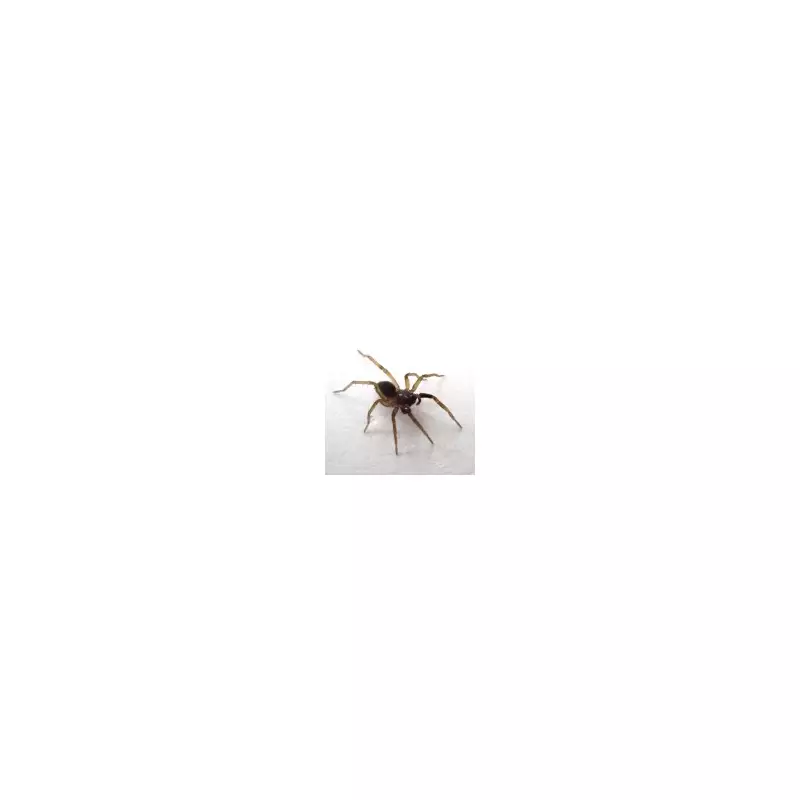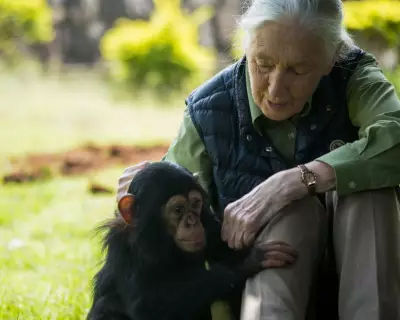
In a chilling discovery perfectly timed for Halloween, a rare and formidable-looking white-knuckled wolf spider has been found in the UK, marking only the second recorded sighting of this species on British soil.
Spider Straight from a Horror Film
The alarming arachnid was discovered by National Trust rangers during routine conservation work on the Isle of Wight. With its distinctive white-tipped legs and formidable size, this wolf spider looks like it crawled straight out of a Halloween nightmare.
What makes this discovery particularly spine-tingling? The white-knuckled wolf spider (Pardosa hyperborea) is typically found in Arctic regions and has never before been recorded breeding in the United Kingdom.
Scientific Mystery Unfolds
Experts are baffled by how this Arctic-native spider reached British shores. The leading theories include:
- Accidental transportation via imported plants or goods
- Natural migration driven by changing climate patterns
- Hitchhiking on vehicles or shipping containers
Dr. Helen Smith, a renowned spider expert, expressed both excitement and concern about the discovery. "Finding this species here is both fascinating and worrying. While it's a spectacular creature, its presence raises questions about how our ecosystems are changing."
Not Your Average Garden Spider
Unlike web-building spiders, wolf spiders are active hunters that chase down their prey. The white-knuckled variety is particularly striking due to:
- Distinctive white 'knuckles' on their legs
- Impressive size compared to native UK spiders
- Exceptional hunting capabilities
- Unique Arctic adaptations
Despite their fearsome appearance, experts assure the public that these spiders are not considered dangerous to humans and would much rather avoid contact than confront people.
Halloween Timing Adds to the Drama
The discovery's proximity to Halloween has captured public imagination, with many drawing parallels between the spider's terrifying appearance and seasonal spooky decorations. However, scientists emphasize this is a serious ecological development that warrants careful monitoring.
Conservationists are now closely watching to see if more of these Arctic invaders appear, or if this was simply a lone wanderer far from home. Either way, this Halloween has brought a real-life creepy crawly surprise that's stranger than fiction.





